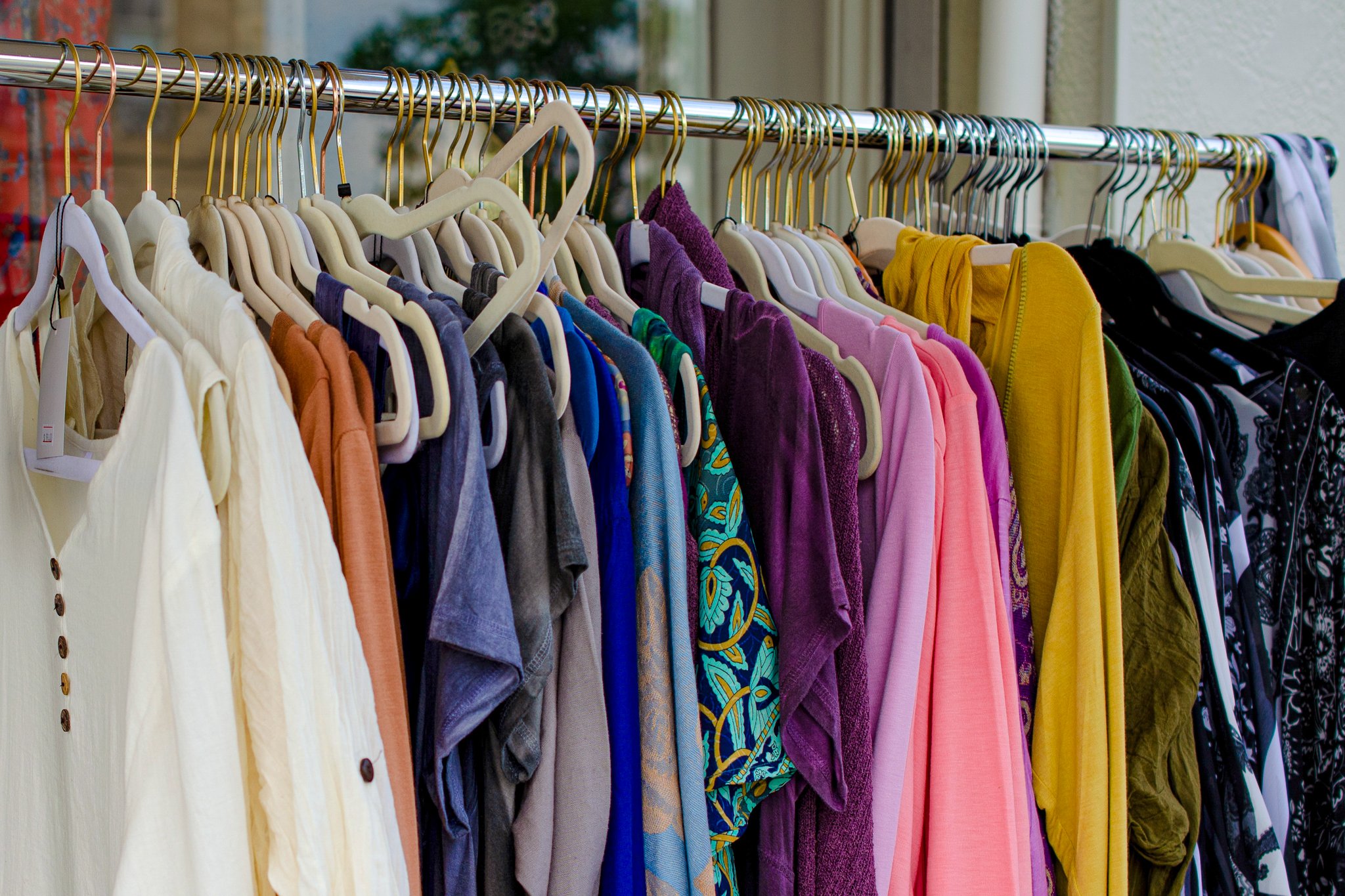Curate Your Closet With the Four Rs
Did you know that the United States generates over 17 million tons of textile waste per year? According to the EPA, clothing makes up the majority of that number, but we can change that by adapting the principles of the waste hierarchy to our wardrobes. Read our tips and learn how you can refuse, reduce, reuse, and recycle your way to a greener lifestyle.
1. Refuse to Shop At All
It may not sound fun at first, but try saying no to purchasing items in the first place. Have you ever moved into an older home and been surprised by the smaller closet sizes? Not even a century ago, Americans had much less need for expansive clothing collections. Fast fashion wasn’t really a thing back then, and if we’re honest, it does more harm than good for the environment today. See how long you can keep up a buy-nothing practice, and brainstorm ways to bolster what you already have. If you’re bored of what you’ve been wearing, for example, switch things up by pairing your accessories differently. You could even host a clothing swap with your friends or family members. Learn how to sew if you have pieces you still love that you’ve set aside due to small tears or lost buttons. You may be surprised at how all of this can alter your habits in the long run!
2. Reduce the Need for New
It would be silly to refuse to go shopping for the rest of your life (that’s more of an exercise in restraint), but to reduce the amount you buy, you can put some best practices in place. Choose timeless styles that will outlast trends, and if you have the option, invest in quality pieces that won’t deteriorate in a few years. It will actually save you money in the long run, as you won’t constantly have to replace worn-out items. You can lengthen the lifespan of your clothes (and conserve resources) by washing them only when needed, as opposed to after every single use. We recommend line drying for the same reason. Most importantly, ask yourself what you really need. Is that new shirt you’re eying versatile? Is it functional? How often do you really see yourself wearing it? For fancier events, what about tux or dress rentals? The options these days are endless and often quite lux—why purchase something you’ll only wear once when you can borrow a quality piece, look great in it, and then pass it along to someone else?
3. Reuse Anything and Everything You Can
Thrifting is one easy way to ensure clothes don’t end up in a landfill. You can donate what you no longer want or need, and if you shop around inside, you’re sure to find something for yourself that you’ll love. It feels great to shop sustainably, and if you’re not into digging through bins, you can look for consignment shops in your area that offer hand-selected collections. (You might even make a few bucks if you decide to trade in some of your own items.) If you have clothes that have seen better days, try upcycling them instead of throwing them into the trash. Scraps from sentimental items can be transformed into a quilt if you’re the crafty type, and you can easily use larger pieces of fabric as gift wrap. Socks can be turned into puppets or pet toys, and old undershirts can be ripped up into rags. We could go on, but the basic idea is that many items we carelessly toss can take on beautiful second lives. Just get creative…the results will surprise you!
4. Recycle What’s Left
It’s always better to reduce your waste in the first place, but recycling is a wonderful alternative to the landfill. Look for companies in your area that recycle textiles, and make a plan to drop off what you can’t repurpose. Connect with local nonprofits or shelters to find more about their needs, and if you have collection bins in your area, do a quick internet search to verify their authenticity. There might also be organizations near you that host annual or biannual collection events—prioritize putting these on your calendar. Your attendance will ensure they’ll happen again and again!

